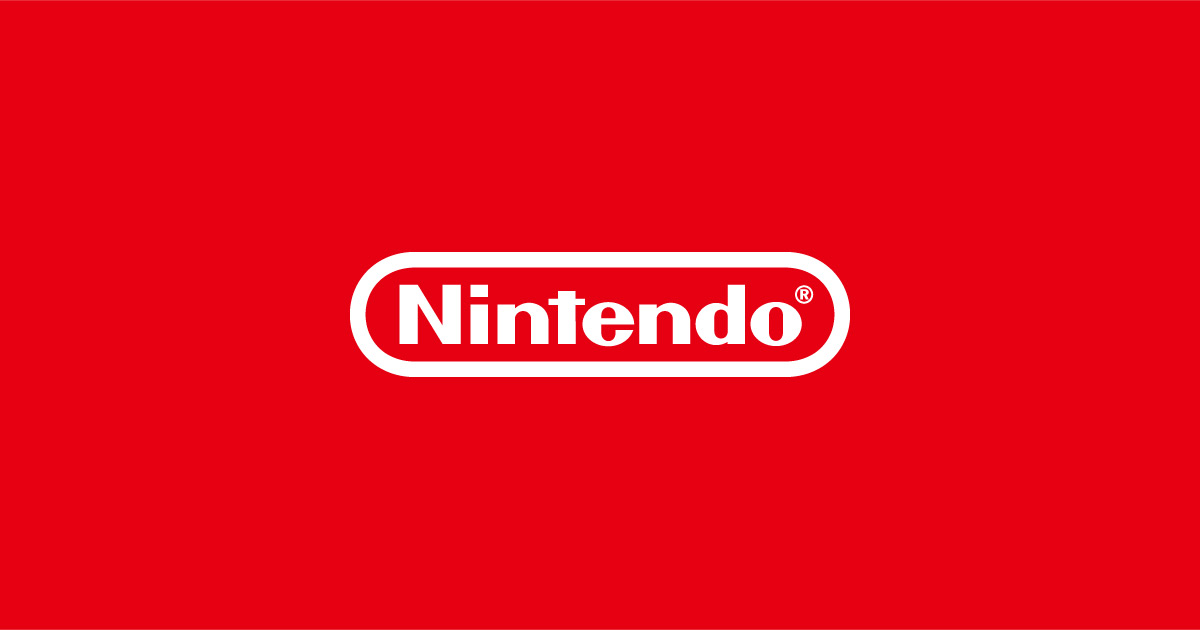In recent years, the gaming industry has witnessed unprecedented insights into Nintendo’s storied past, primarily due to the highly publicized Nintendo "giga-leak." This substantial data breach saw a wealth of confidential documents, prototype files, and source codes from Nintendo archived online, giving both enthusiasts and historians rare views into the company's creative processes and hardware innovations.
Now, new documents from this leak have surfaced, offering significant revelations regarding the early designs of the Wiimote controller, Virtual Console concepts, and previously unknown plans for an iQue-branded Nintendo GameCube aimed at the Chinese market. Among the newly discovered materials are never-before-seen photographs of the Wiimote prototype, as well as images related to the development of the Virtual Console for the Nintendo Wii.
The images reveal experimental approaches taken by Nintendo before launching the final models that fans would eventually experience.
A notable photograph shared by game preservation group Forest of Illusion showcased the early Wii Virtual Console display from E3 2006, highlighting Nintendo’s vision for bringing legacy content to a modern platform through the then-new eShop ecosystem. Most intriguingly, details about the shelved iQue GameCube have come to light.
For those unfamiliar, iQue was Nintendo's official partner tasked with introducing Nintendo hardware and software to the Mainland China region, where international consoles historically faced steep challenges due to strict regulatory barriers.
The leaked documentation highlights plans for an iQue-branded GameCube that diverged from the original console.
Rather than supporting traditional GameCube discs, this unreleased model was designed with the capability to read standard CDs and DVDs.
These documents suggest a deliberate move to adapt to the local media landscape, although the system never made it to market. Although the GameCube eventually saw release in other regions, the project to localize it for China was ultimately abandoned.
The surfaced files offer fascinating clues about how Nintendo and iQue intended to cater to the local audience—down to choosing a different storage medium and bolstering multimedia capabilities.
This aligns with broader trends from the era, when DVD playback was a sought-after feature in home entertainment systems. These rare development snapshots, verified and compiled by trusted archivists like Forest of Illusion, contribute to the growing catalog of historical resources now available to researchers, game historians, and Nintendo fans alike.
They provide invaluable context for some of Nintendo’s most influential hardware projects and shed light on prototypes—like the early Wiimote and the regional adaptation strategies for consoles such as the GameCube—that helped shape the company’s global presence. With over 21 million Nintendo Switch units sold in China since launch and the continuous expansion of the eShop, Nintendo’s drive to reach untapped markets endures.
While the iQue GameCube never launched, its existence in prototype form underscores Nintendo’s commitment to global gaming innovation.
Now, new documents from this leak have surfaced, offering significant revelations regarding the early designs of the Wiimote controller, Virtual Console concepts, and previously unknown plans for an iQue-branded Nintendo GameCube aimed at the Chinese market. Among the newly discovered materials are never-before-seen photographs of the Wiimote prototype, as well as images related to the development of the Virtual Console for the Nintendo Wii.
The images reveal experimental approaches taken by Nintendo before launching the final models that fans would eventually experience.
A notable photograph shared by game preservation group Forest of Illusion showcased the early Wii Virtual Console display from E3 2006, highlighting Nintendo’s vision for bringing legacy content to a modern platform through the then-new eShop ecosystem. Most intriguingly, details about the shelved iQue GameCube have come to light.
For those unfamiliar, iQue was Nintendo's official partner tasked with introducing Nintendo hardware and software to the Mainland China region, where international consoles historically faced steep challenges due to strict regulatory barriers.
The leaked documentation highlights plans for an iQue-branded GameCube that diverged from the original console.
Rather than supporting traditional GameCube discs, this unreleased model was designed with the capability to read standard CDs and DVDs.
These documents suggest a deliberate move to adapt to the local media landscape, although the system never made it to market. Although the GameCube eventually saw release in other regions, the project to localize it for China was ultimately abandoned.
The surfaced files offer fascinating clues about how Nintendo and iQue intended to cater to the local audience—down to choosing a different storage medium and bolstering multimedia capabilities.
This aligns with broader trends from the era, when DVD playback was a sought-after feature in home entertainment systems. These rare development snapshots, verified and compiled by trusted archivists like Forest of Illusion, contribute to the growing catalog of historical resources now available to researchers, game historians, and Nintendo fans alike.
They provide invaluable context for some of Nintendo’s most influential hardware projects and shed light on prototypes—like the early Wiimote and the regional adaptation strategies for consoles such as the GameCube—that helped shape the company’s global presence. With over 21 million Nintendo Switch units sold in China since launch and the continuous expansion of the eShop, Nintendo’s drive to reach untapped markets endures.
While the iQue GameCube never launched, its existence in prototype form underscores Nintendo’s commitment to global gaming innovation.





